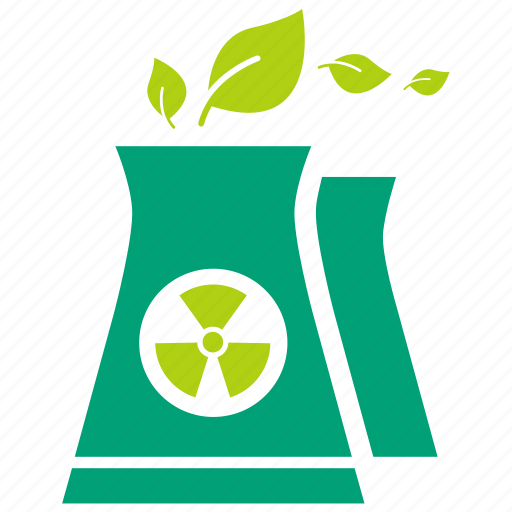Small modular reactors offer a promising solution to the energy challenges in the data centre sector and power from advanced nuclear technologies could revolutionise the energy landscape - but educating decision makers is critical to advancing their deployment, according to a white paper from global industrial technology company Schneider Electric.
Data centres are central to driving the electrification and digitisation of the global economy, and have been the primary instruments of the increased adoption of artificial intelligence (AI), authors Marcin Wegrzyn and Steven Carlini say in Small Modular Nuclear Reactors Suitability for Data Centers. However, they are impacting energy demand in unprecedented ways.
Data centres are “singularly focused on reducing their own carbon footprint”, looking at multiple paths forward including increasing use of renewable energy and the introduction of efficient cooling technologies. But consistent power availability is becoming a serious concern, and sourcing local power is a challenge, with power purchase agreements (PPA) that were initially designed to drive adoption of renewables falling short of closing the gap between demand and availability.
“The sector needs alternatives. Nuclear can fill the gap,” the paper says.
As the demand for energy-efficient, reliable and sustainable power solutions for data centres continues to grow, small modular reactors (SMRs) “continue to emerge as a promising alternative to current constraints”, the paper says, offering a “compelling mix of lower capital costs, shorter deployment times and significant environmental benefits”. They offer the potential for reliable, low-carbon energy supply to data centres, with the potential for enhanced operational safety and improved energy resiliency compared to renewable alternatives, while their scalable design and advanced risk mitigation protocols may offer reduced environmental impacts. However, it notes, SMRs “are still unproven at scale”.
The paper sets out a list of considerations would-be adopters of SMRs for data centres should bear in mind when determining whether the technology would meet the needs of their project. These include, amongst other things: power needs, including prime and back-up power; availability options including regulatory restrictions; safety, siting and security assessments; time to deployment including regulatory approvals and construction; and environmental and sustainability considerations.
“SMR technology has matured, and their safety and reliability claims have data centre operators intrigued,” the paper concludes. “While there is much excitement for the technology, it must be proven before regulators allow for mass deployments.” It goes on to note that “the industry is in the process of establishing an optimised deployment model allowing for effective adoption of modular technology in the data centre industry.”
“Where modular reactors can work best is in concert with renewable resources as a complementary generation technology for green power. Additionally, and it goes without saying, every new technology requires a thorough vetting. In this case, an SMR evaluation would also include a security and risk assessment, as dictated by the data centre operator and its partners to address any local and national concerns,” it adds.
The data centre industry “will need to consider higher upfront costs” for nuclear but it is the “most realistic path” to meeting sustainability commitments, the paper says. “Safe and resilient reactors deployed onsite or as grid infrastructure may be a remedy to power shortages if regulatory and manufacturing regimes become standardised across geographies.”
Earlier this year, SMR developer Terrestrial Energy signed an agreement with Schneider to collaborate on developing zero-carbon energy solutions for industrial facilities and large data centres based on Terrestrial’s Integral Molten Salt Reactor.



@tomtrottel @Emil @Tylerdurdon No, it is a classification.
It’s like saying »human feces is a huge problem« — well, yes, but that’s why we have toilets and sewage plants and so on — it’s solved.
As is nuclear waste.
That’s a nice analogy! Don’t mind me if I use it in the future 👍
@Ardubal @Emil @Tylerdurdon I admire the way you can trick yourself into believing that. Do you have money invested in atomic energy ?
@tomtrottel @Emil @Tylerdurdon
Well, there we are at the divide between facts and opinion, and that between a civil discussion and ad hominem attacks.
Fact: nobody was ever harmed by spent nuclear fuel. Really. Look it up wherever you like.
Fact: that is not by chance, but by engineering.
Fact: the total amount of all the world’s spent nuclear fuel ever, in the shape of a cube, would have a side length of about 35 m (before recycling).
Fact: I have no money invested in nuclear energy.